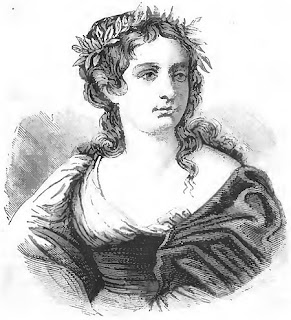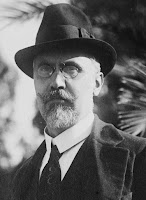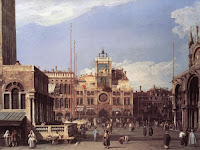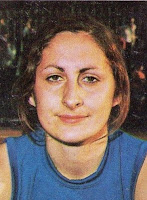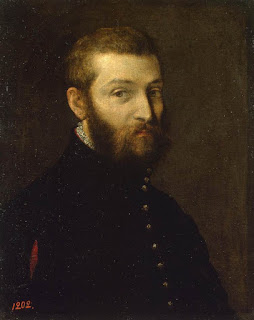Gaspara Stampa - poet
Gaspara Stampa, the greatest female poet of the Italian Renaissance, died on this day in 1554 in Venice at the age of 31. She is regarded by many as the greatest Italian female poet of any age, despite having had such a brief life. Gaspara was born in Padua and lived in the city until she was eight years old. Her father, Bartolomeo, had been a jewel and gold merchant, but after he died, Gaspara’s mother, Cecilia, took her three children to live in Venice. They were accommodated in the house of Geronimo Morosini, who was descended from a noble Venetian family, in the parish of Santi Gervasio and Protasio, now known as San Trovaso. Along with her sister, Cassandra, and brother, Baldassare, Gaspara was educated in literature, music, history and painting. She excelled at singing and playing the lute and her home became a cultural hub as it was visited by many Venetian writers, painters and musicians. Read more…
________________________________________________________________
Gianandrea Noseda - conductor
Milanese musician has achieved worldwide acclaim
Gianandrea Noseda, who is recognised as one of the leading orchestra conductors of his generation, was born on this day in 1964 in Milan. He holds the title of Cavaliere Ufficiale al Merito della Repubblica Italiana for his contribution to the artistic life of Italy. Noseda studied piano and composition in Milan and began studying conducting at the age of 27. He made his debut as a conductor in 1994 with the Orchestra Sinfonica di Milano Giuseppe Verdi. Among several positions he has held, he became principal guest conductor at the Mariinsky Theatre in St Petersburg in 1997, principal conductor of the BBC Philharmonic in 2002 and chief conductor in 2006. The London Symphony Orchestra announced the appointment of Noseda as its new principal guest conductor in 2016. Read more…
________________________________________________________________
Stefano Bontade - Mafia supremo
Well-connected Cosa Nostra boss had links to ex-premier Andreotti
Stefano Bontade, one of the most powerful and well connected figures in the Sicilian Mafia in the 1960s and 1970s, was born on this day in 1939 in Palermo, where he was murdered exactly 42 years later in a birthday execution that sparked a two-year war between the island’s rival clans. Known as Il Falco – the Falcon – he was said to have close links with a number of important politicians on Sicily and with the former Italian prime minister Giulio Andreotti. He was strongly suspected of being a key figure in the 1962 murder of Enrico Mattei, the president of Italy’s state-owned oil and gas conglomerate ENI, and in the bogus kidnapping of Michele Sindona, the disgraced banker who used the Vatican Bank to launder the proceeds of Cosa Nostra heroin trafficking. Read more…
_______________________________________________________________
Ruggero Leoncavallo – opera composer
Writer and musician created one of the most popular operas of all time
Ruggero Leoncavallo, the composer of the opera, Pagliacci, was born on this day in 1857 in Naples. Pagliacci - which means 'clowns' - is one of the most popular operas ever written and is still regularly performed all over the world. Leoncavallo also wrote the song, Mattinata, often performed by Enrico Caruso and still recorded by today’s tenors. Leoncavallo was the son of a judge and moved with his father from Naples to live in the town of Montalto Uffugo in Calabria when he was a child. He later returned to Naples to be educated and then studied literature at the University of Bologna under the poet Giosuè Carducci. Leoncavallo initially worked as a piano teacher in Egypt but then moved to Paris where he found work as an accompanist for artists singing in cafes. Read more...
Home





